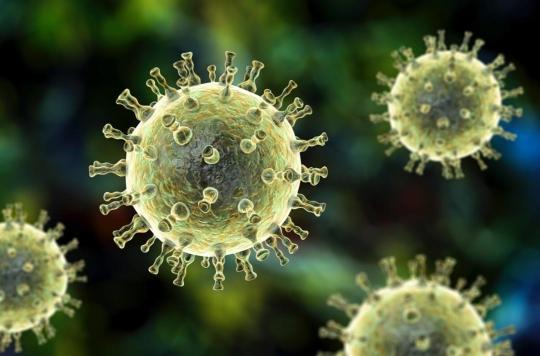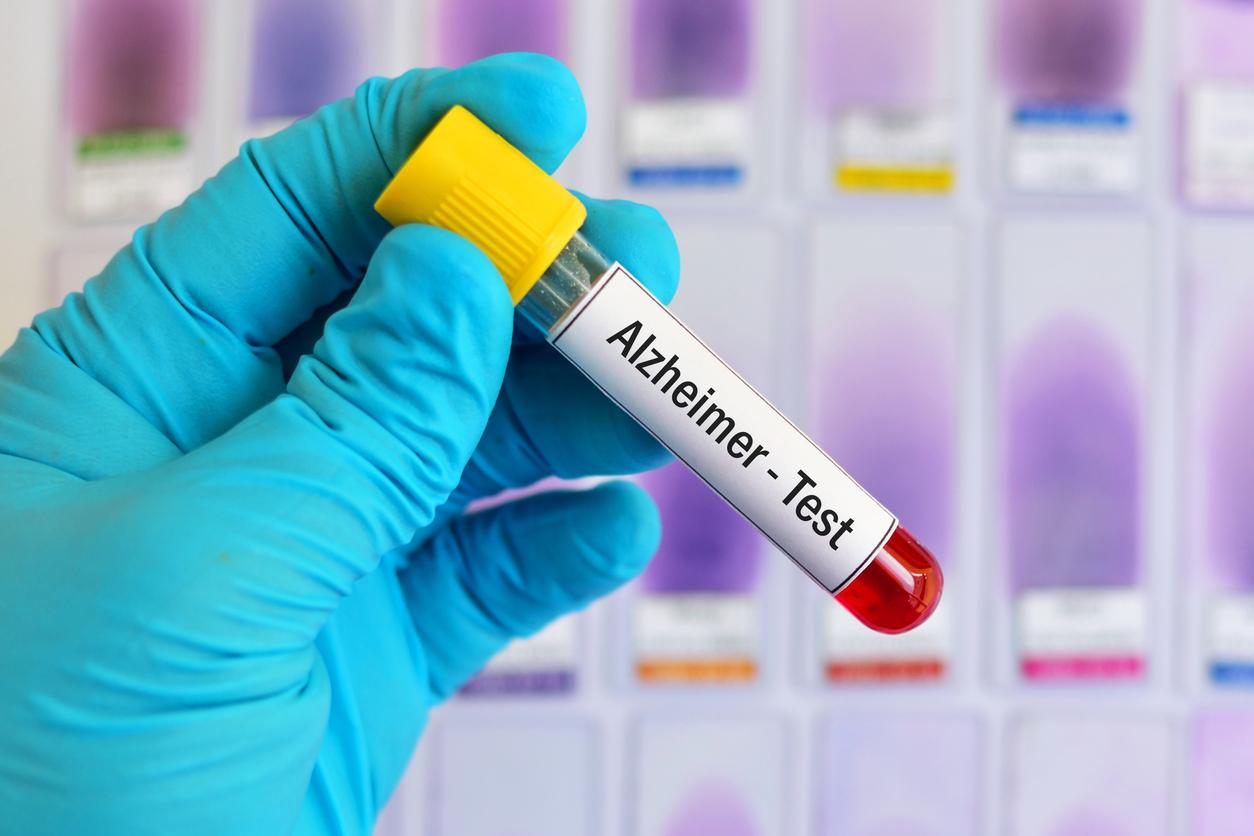The varicella-zoster virus, which causes both pathologies, can trigger herpes. This reactivation of the virus could be the cause of Alzheimer’s disease, which belongs to the group of dementias.

- About 3.7 billion people under the age of 50 have already been infected with HSV-1.
- The shingles vaccination is recommended for people between the ages of 65 and 74, even if they have had chickenpox before.
50 millions. This is the number of people with dementia in the world. In 60 to 70% of cases, Alzheimer’s disease is involved, but scientists are struggling to determine the exact reasons for the appearance of the pathology. A British research team points to the responsibility of several viruses. In their work, published in the specialized journal Journal of Alzheimer’s Diseasethe researchers show that an activation of the varicella-zoster virus can trigger the herpes virus and cause an accumulation of Tau and amyloid proteins, one of the characteristics of Alzheimer’s disease.
An “artificial” brain
To understand the cause and effect relationship between viruses and Alzheimer’s disease, the authors recreated brain-like environments in small sponges 6 millimeters wide using silk and collagen proteins. Neural stem cells were implanted into these structures and grew into functioning neurons, capable of networked signaling to each other, just like neurons in the brain.
An interconnection of viruses
Researchers have discovered that neurons developed in brain tissue can be infected with the varicella-zoster virus, without this leading to the formation of tau and beta-amyloid proteins, linked to Alzheimer’s disease. In contrast, when neurons harbor the herpes virus (HSV-1), infection with varicella-zoster virus leads to reactivation of HSV-1, and “dramatic increase in tau and beta-amyloid proteins”, and a slowing of neural signals. According to David Kaplan, one of the study authors, the varicella zoster virus is clinically known for its ability to cause inflammation in the brain, “which could possibly lead to activation of dormant HSV and increased inflammation.”he points out.
Viruses that seem harmless
However, herpes and the varicella-zoster virus are both very common. According to US health authorities, one in two Americans carries the herpes virus (HSV-1), in some form “dormant”. As for the varicella-zoster virus, about 95% of people have been infected before the age of 20. “Many of these cases manifest as chickenpox.”, say the authors. This virus can also remain in the body in the form “dormant”.
Dana Cairns, co-author of the research, compares the action of these two viruses to a “cut double”and points out that these are “two viruses that are very common and generally harmless”but when one reactivates the other, then it can cause “problems”. However, solutions are about to be found. Other studies have demonstrated the interest of the vaccine against the varicella-zoster virus in the prevention of dementia: vaccination considerably reduces the risk. “It is possible that the vaccine will help stop the cycle of viral reactivation, inflammation and neuronal damage.”say the authors.


















